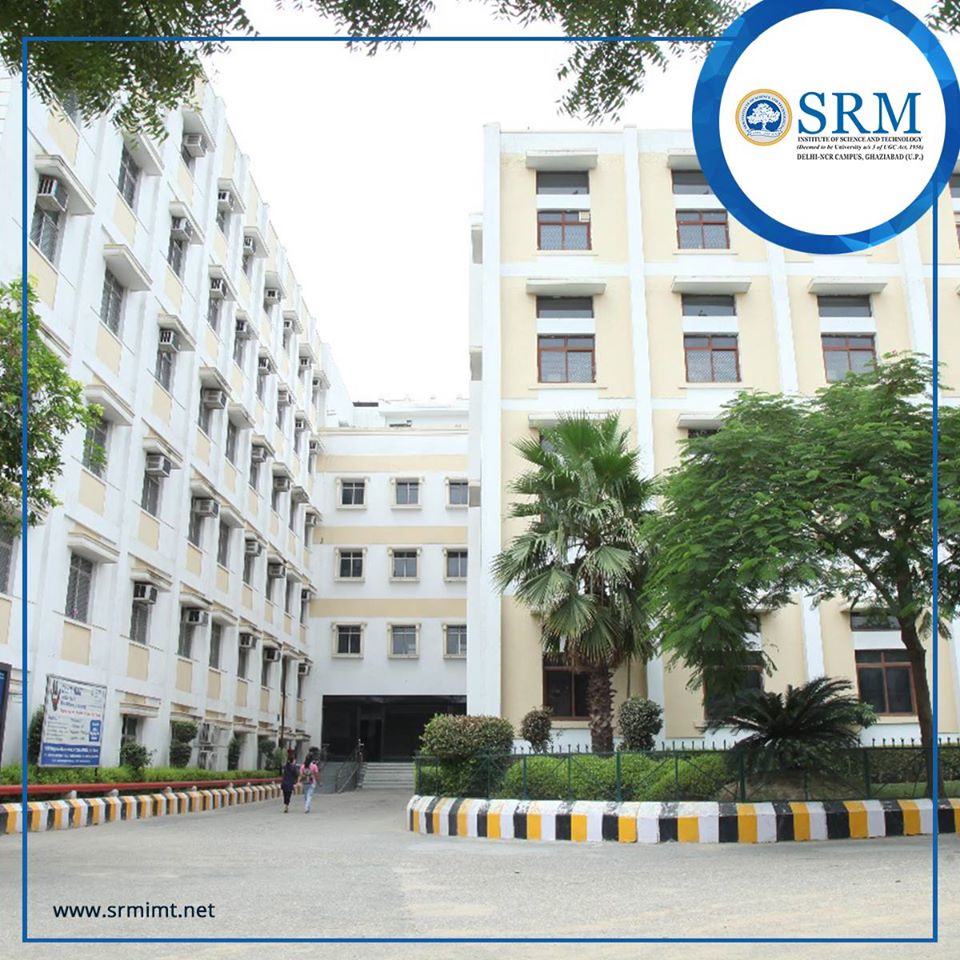London/Mumbai: The thirteenth edition of the QS World University Rankings, compiled by global higher education think tank QS Quacquarelli Symonds, has today confirmed Indian Institute of Science (IISC) Bangalore remains India’s highest-ranked institution, but drops out of the top 150. It is now ranked 152 compared to 147 last year. At global levels, Massachusetts Institute of Technology (MIT) was rated as the world’s best university for the fifth consecutive year.
Indian Institute of Technology (IIT) Delhi stood at second in India, which is globally placed at 185 compared to 179 last year. Rankings of major IITs declined this year at the thirteenth edition of the QS World University Rankings expect IIT Madras. 9 of the 10 Indian universities ranked 700th or above drop this year. The only silver lings is IIT Madras, which breaks into the global top 250 after a five-place rise.
As per the QS global ranking list, IIT Bombay is featured at third position in India while IIT Madras is placed at fourth position. IIT Kanpur is now fifth ranked whereas IIT Kharagpur is now placed at sixth position among Indian universities. IIT Roorkee and IIT Guwahati found seventh and eighth place, respectively.
The Rankings report finds that Indian institutions remain among the world’s top 100 for research impact, as measured by QS’s citations per faculty metric. However, this is one fewer than in the 2015/16 edition. IISC Bangalore is now ranked as the world’s 11th-best research institution according to the citations per faculty scoring. Data for this metric is sourced using Elsevier’s Scopus database.
Ben Sowter, Head of Research at the QS Intelligence Unit, attributed India’s consistent falls to a number of factors. He said, “One such factor is India’s relatively low numbers of PhD-qualified researchers, which has a direct and deleterious impact on the research productivity and impact of India’s universities. This problem is exacerbated by India hiring and attracting fewer PhD-qualified researchers from abroad. No Indian institution ranks above 700th for QS’s international faculty ratio metric.”
The world ranking report mentioned that nine of India’s universities also fall for faculty/student ratio. This metric measures the ability of universities to maintain class sizes conducive to high-quality teaching. It therefore measures institutional teaching quality by proxy. This year’s findings suggest that Indian universities are still struggling to provide both the quantity of quality faculty members necessary to meet rapidly-increasing student demand.
Ministry of Human Resource Development of Government of India continues to target further increases in Gross Enrolment Ratios for the tertiary sector. Consequently, QS IU noted that considerable investment – both human and capital – remains needful if Indian institutions are to remain both competitive and upwardly mobile.
Sowter said: “This year’s rankings imply that levels of investment are determining who progresses and who regresses. Institutions in countries that provide high levels of targeted funding, whether from endowments or from the public purse, are rising. On the other hand, Western European nations making or proposing cuts to public research spending are losing ground to their US and Asian counterparts.
The performance of Indian institutions in our recent regional Rankings suggest that India is gaining some ground on its regional competitors. Though India is making substantial and commendable progress towards ensuring that more of its tertiary-age population have access to tertiary education, the global edition indicates that substantial challenges remain.”
Elsewhere in the world, Stanford University displaces the University of Cambridge in the top three. This means that US institutions hold all top-three places for the first time since the inaugural rankings of 2004. Russia, China, South Korea, and Japan enjoy noteworthy improvements, while the United Kingdom, France, and Italy lose ground.
For the whole ranking list of QS one can visit the below link of Top Universities:








